EVENT
Kamaishi City Local Folk Performing Arts Festival February 3(Sun.),2024
- 2023
- Appreciation
-
Date
2024.2.3(日)
-
Time
Open10:00am-Close2:30PM
-
Locate
Kamaishi Civic Hall TETTO
-
Fee
無料
Kamaishi City Local Folk Performing Arts Festival, featuring a variety of local performing arts! The festival was canceled due to COVID-19 last time, but now it’s back, and in addition to the eight groups from throughout the City who were scheduled to perform last time, we’ll also be featuring a special performance of Ichinohe’s very own Yamabushi Kagura, Takayashiki Kagura, straight from Ichinohe-machi known for its World Heritage registered Goshono Site! Enjoy an exciting gathering of local folk performing arts for the first time in six years!
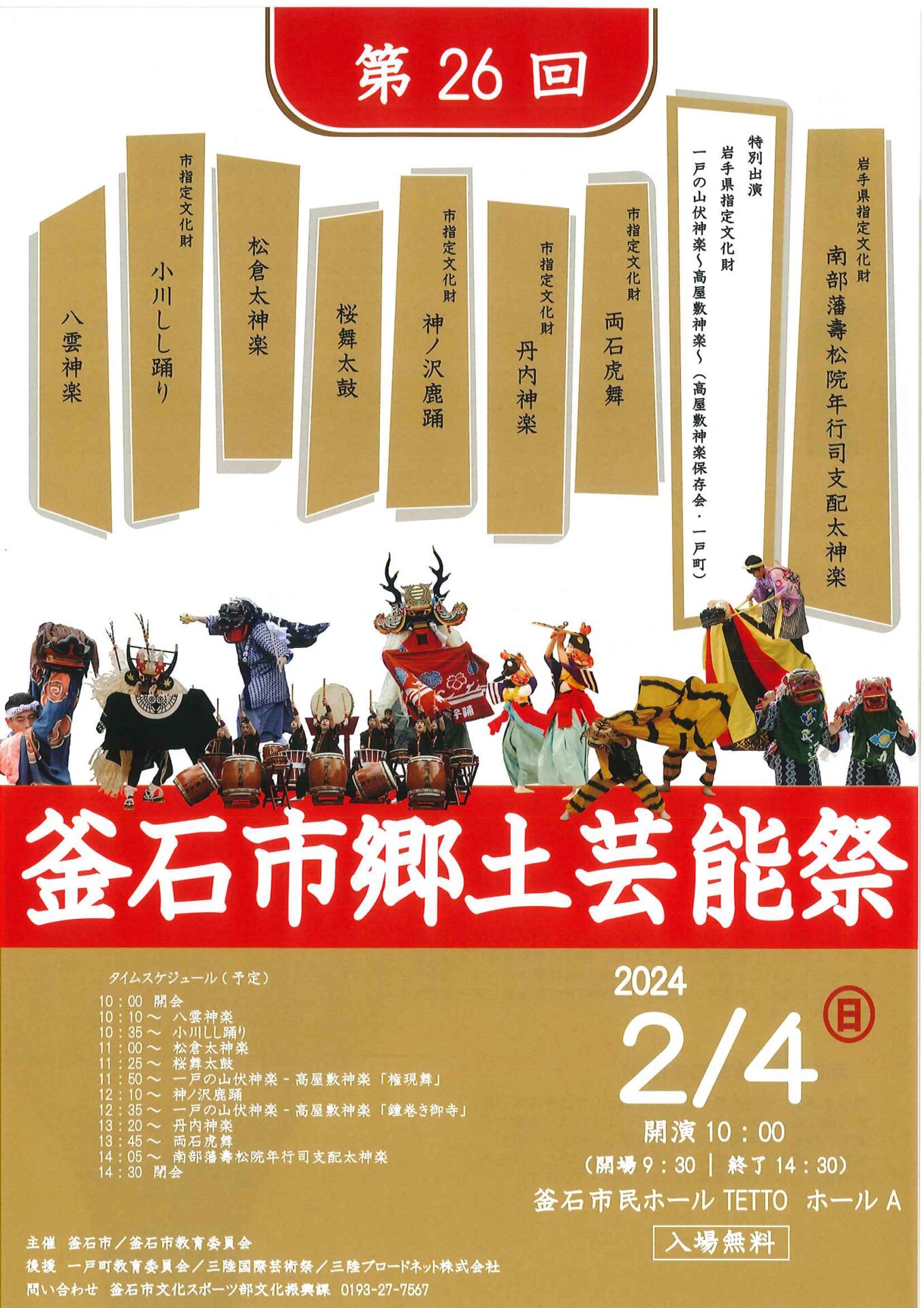
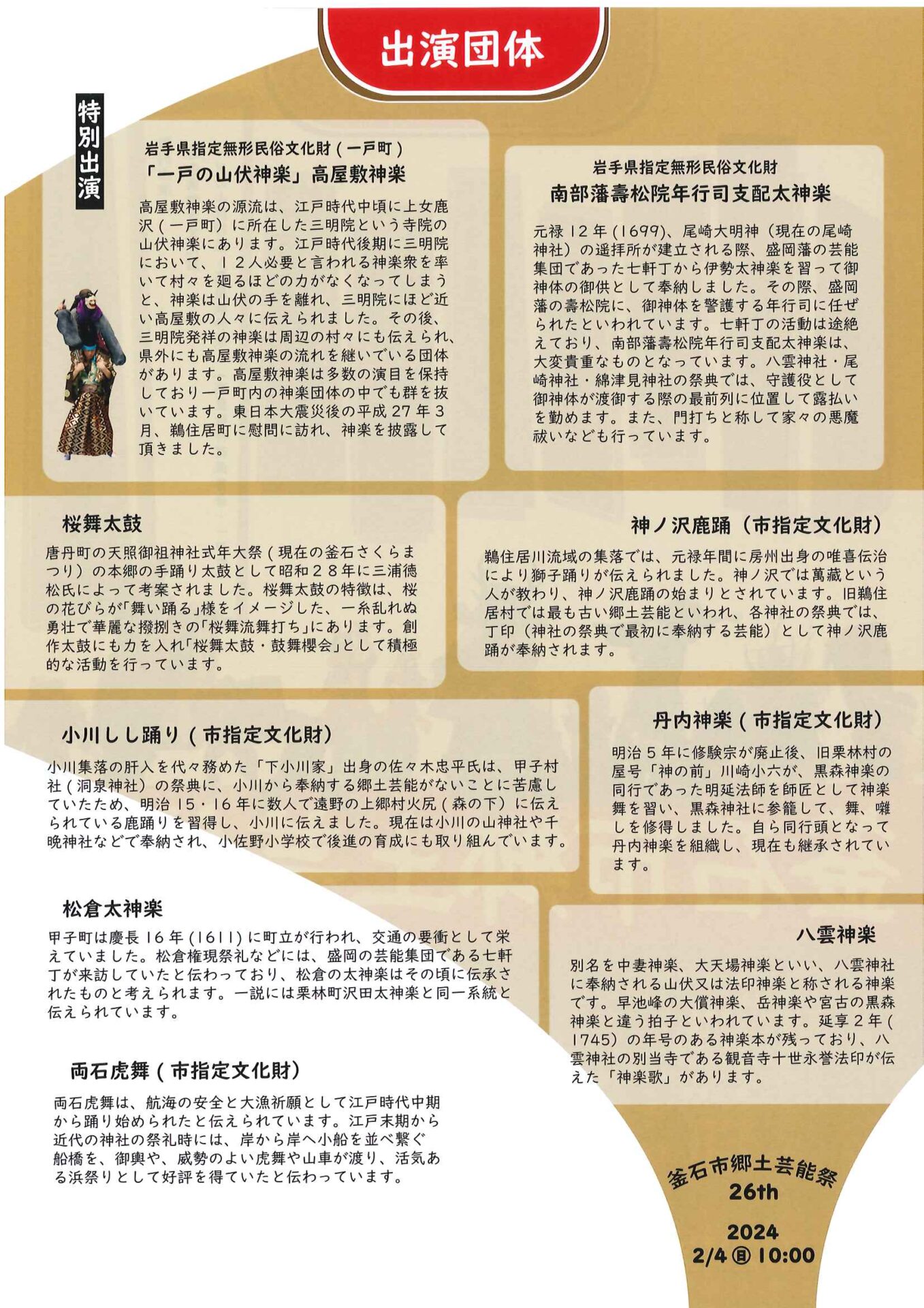
| Kamaishi City Local Folk Performing Arts Festival is held every two years by the City and the Kamaishi Board of Education, with the goal of showcasing local folk performing arts from throughout the region and providing a place for everyone to watch and get to know them better. The festival also aims to contribute to the development and passing down of these arts to the next generation by fostering successors. |
Locate|Kamaishi civic hall TETTO(1 Chome-1 Omachi, Kamaishi, Iwate 026-0024)
Access
Access model from Tokyo (an overnight stay is required if using public transportation)
1日目 2/3(日)
| 時 間 | スケジュール | 備 考 |
|---|---|---|
| 7:16 | Tokyo Sta.―Morioka Sta.(9:50) | JR Tohoku Shinkansen HAYABUSA101 |
| 9:56 | Shin-Hanamaki Sta.―Kamaishi Sta.(12:07) | JR Kamaishi Sta. |
| Stay in Kamaishi City |
2日目 2/4(日)
| 時 間 | スケジュール | 備 考 |
|---|---|---|
| 10:00-14:30 | Kamaishi Local performing Arts Festibal | |
| Sightseeing around the venue | ||
| 15:57 | Kamaishi Sta.―Shin-Hanamaki Eta(17:53) | JR Kamaishi Sta. |
| Shin-Hanamaki Sta. -Tokyo Sta.(21:12) | JR Tohoku Shinkansen YAMABIKO 68 |
Highway Bus, Tokyo ー Kamaishi → https://5931bus.com/news_details/id=3557
Tourist Information
Iron History Museum
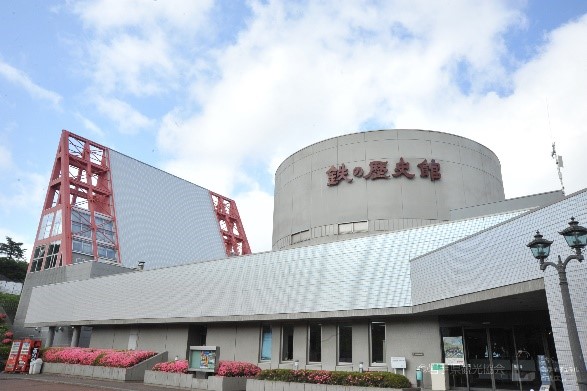
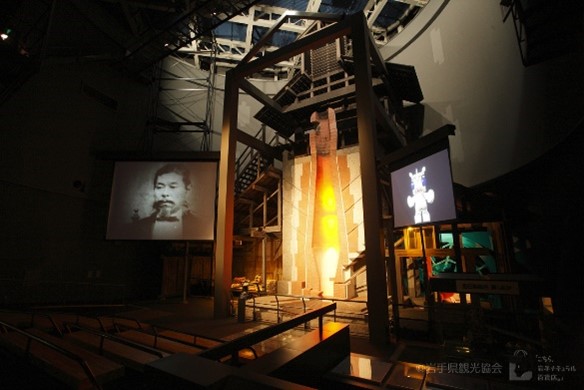
| Kamaishi is known as the “City of Iron.” In 1727 (Kyoho 12), the Morioka Clan’s Abe Tomonoshin discovered magnetite along the western part of Kamaishi (Ohashi). Oshima Takato, also from the Morioka Clan, recognized this abundant resource and, aspiring to make use of it, learned the technique of extracting iron from iron ore and constructed a blast furnace in Kamaishi. In 1880, the Meiji government then established a state-owned steel mill, marking the beginning of Kamaishi as the City of Iron. Kamaishi’s Iron & Steel History Museum now exhibits the history of this iron culture, from its early days to the modern production of steel, and showcases the prosperous life brought about by the region’s resource. |
- Locate:3 Chome-12-7 Odairacho, Kamaishi, Iwate 026-0002
- TEL:81+193-24-2211
- Open:9:00AM.-5:00PM.(Last admission is at 4:00PM.)
- closed:Tuesday. Dec.29-jan.3
- URL:https://www.city.kamaishi.iwate.jp/docs/2016101700037/
kamaishi Bay Fishing Boat cruise
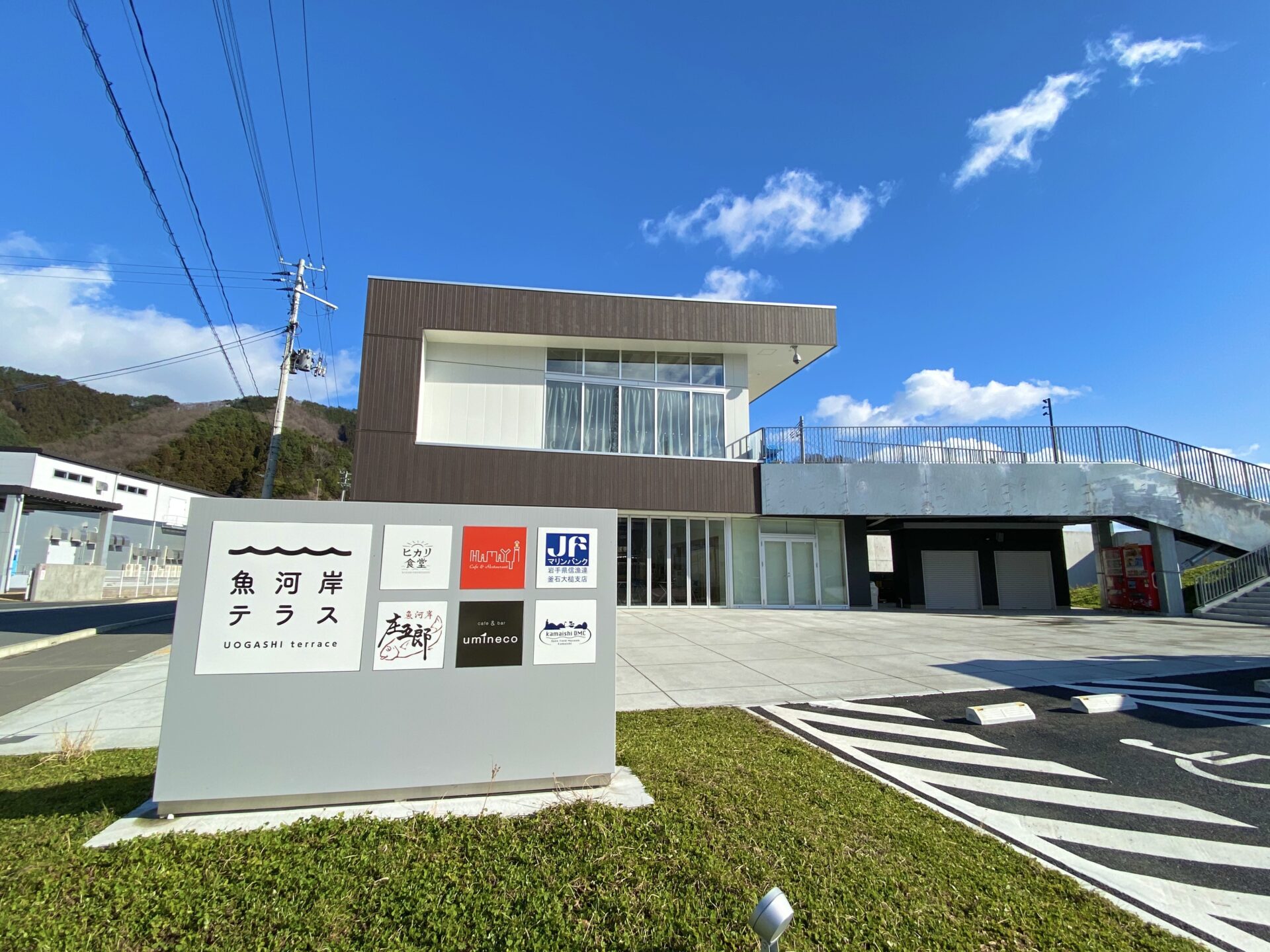
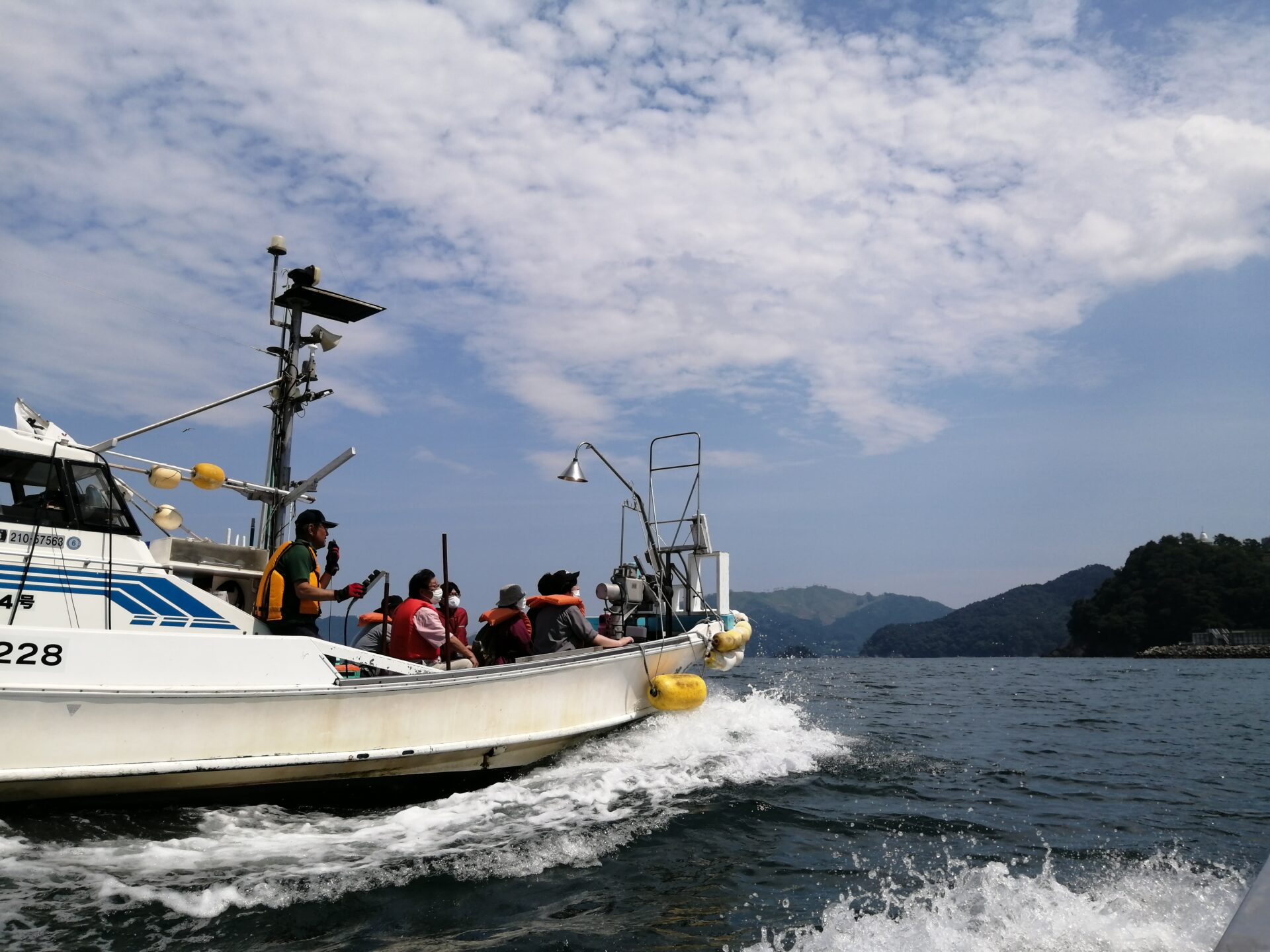
Embark on a small fishing boat from the Uogashi Terrace, a complex of restaurants overlooking Kamaishi Bay. Experience the spectacular views of Kamaishi Bay, a place well known only to local fishermen, and discover locations accessible only by boat during this approximately 90 minute cruise, packed with highlights.
- Locate: 3-3 Uogashi, Kamaishi, Iwate 026-0012(Uogashi Terrace)
- TEL0193-27-5566
- Operating hours: 2:00pm – 4:00pm
- Operation in case of rain: Will proceed in light rain, but canceled in stormy weather (to be determined the day before based on forecast).
- URL:https://visitkamaishi.jp/cruise/
- ※ Reservations are accepted from one month to two days prior to the desired boarding date.
☆Click here for more travel Information → https://en.kamaishi-kankou.jp/
Areas
出演団体
・Ryoishi Toramai
・Tannai Kagura
・Kami no Sawa Shishi-odori
・Oubu-daiko
・Matsukura Dai-Kagura
・Kogawa Shishi-odori
・Yagumo Kagura
Guest
・Takayashiki Kagra (Ichinohe Town)
Artists
-
Nanbuhan jyusyoin Nengyoji Daikagura
In 1688, when the shrine of Ozaki Daimyojin, the guardian deity of Kamaishi, was built, the Sano family, the official paymaster of the Nambu domain, donated a large hexagonal portable shrine in which the sacred body was enshrined, and received guidance from Morioka Shichikencho, the Nambu domain’s official bill administrator. They were then officially appointed as a nengyoji annual leader by Jushoin temple which, in charge of rituals for Takegawa Inari Shrine in Morioka, presides over ten regional nengyoji in the Nambu domain.
-
Ryoishi Toramai Preservation Society
Ryoishi Toramai is said to have originated in the mid-Edo period as a prayer for a safe voyage and bountiful catch. Although the entire region suffered significant damage from multiple tsunamis and many valuable records were lost, the dance form has been passed down without alteration to this day.
It is primarily performed during the Ryoishi Festival (regularly held at Itsukushima Shrine) and other events in Ryoishi Town.
The distinctive features of Ryoishi Toramai include the movements of the tiger head, footwork, and the interchange of dancers during the performance. The accompanying music, such as the sounds of the taiko drums, the tones of the clear flute, and hand cymbals along with shouts (“dome”) harmonize with the dancers as they vigorously swing the tiger heads, while their footwork resembles the stomping of sumo wrestlers. -
Yagumo Kagura
Yagumo Kagura, also known as Nakazuma Kagura or Daitenba Kagura, is a form of Kagura dedicated to Yagumo Shrine, and is referred to as a type of Yamabushi Kagura or Hoin Kagura.
Yagumo Shrine was originally known as Daitenba Gongen, invited to Kamaishi and re-enshrined around 490 years ago in 1531 (Kyoroku 4).
Yamabushi and Hoin Kagura traditions in neighboring regions, with Mt. Hayachine at their core, have been passed down to this day, but very little is actually known about the entirety of the dance. Additionally, the Yagumo Kagura tradition is said to differ in its rhythm from the Otsugunai and Take Kagura of Ohasama, and the Kuromori Kagura of Miyako.
Among the Kagura manuscripts currently handed down among Yagumo Kagura, the oldest one with a recorded date is from 1745 (Enkyo 2). This manuscript, known as Kagura Uta, was passed down by Eiyo Hoin, the 10th generation head of Yagumo Shrine’s affiliated temple, Kannonji Temple.
The manuscripts refer to dances such as Torimai, Mikagura, Okina, Sanbaso, Takamura, Nenju, Hataori, Warabiori, Yarihiki, Tennyo, Kiso, Shiokumi, Shinobu, Iwatobiraki, Yamagamihi, Sakakimai, Sanja, Nishinomiya, Shimekiri, Fusho, Sanpokojin, Miyashizume, Seiken, among others. However, only a small portion of them have been inherited to the present day.
Currently, the Yagumo Kagura Preservation Society is working to preserve and pass down the traditions, and offer performances during the Reitaisai (regularly held festivals) of Yagumo Shrine and Osaki Shrine. (From The 25th Local Performing Arts Festival 2022 brochure) -
Oubu-daiko
Oubu-daiko, a performance with its roots in Hongo, Tonicho, in Kamaishi, Iwate, began in 1953 (Showa 28), as a hand-dancing drum performance held during the annual festival at the Amaterasu Mioya Shrine (present day Kamaishi Sakura Matsuri Festival), and was founded by the youth of the Hongo area under the guidance of its creator, Miura Tokumatsu. Since then, the drumming performance has been passed down, with its techniques refined over the years.
One of the characteristic features of Oubu-daiko is known as the Oubu-ryu Maiuchi, a dynamic and amazing drumming technique which invokes the imagery of falling cherry blossom petals.
Since the beginning of the Heisei era, there has been a focus on creative and original music, and the Kobuou-kai, which formed in 2001 (Heisei 13), not only carries on the tradition of Oubu-ryu Maiuchi, but also dedicates efforts towards creative taiko drumming, and participate in various events as Oubu-daiko / Kobuou-kai.
Despite the devastating tsunami resulting from the Great East Japan Earthquake engulfing the entire area on March 11, 2011 (Heisei 23), Kamaishi received support and encouragement not only locally, but from across the country, and efforts towards a comeback were made in May of the same year, with a revival achieved in July. They have since made Kobuou-kai Oukyokan their base of operations. -
Matsukura Daikagura
Matsukura Dai-Kagura is said to have originated around 400 years ago (March 7, 1611 (Keicho 16), according to the Noda Family Documents) in what is now Matsukura, Kasshimachi. According to accounts of local elders, during the bustling period of trade and commerce after the town became a trading post, around the time when it was under the control of the Nanbu Clan’s Otsuchi Daikan (local governor), there were visits by performers from Shichikencho in Morioka to local events such as the Matsukura Gongen Festival. As such, it is believed that Matsukura Dai-Kagura has been handed down at that period of time. One theory also claims that it shares the same lineage as the Kuribayashi Sawada Dai-Kagura and Dosen Dai-Kagura.
After, from the Meiji and Taisho eras to the early Showa era, dances were offered during festivals in the Matsukura area, as well as during weddings, but the tradition fell into a decline after World War II, and with only two dancers remaining. It was thought to be almost impossible to revive the Kagura. However, in the late 1970s, an initiative was launched as part of neighborhood association activities to encourage local youth through folk performing arts. With their hope of fostering the new generation, these associations played a central role in bringing about successors and intergenerational exchange with the cooperation of local elementary and middle schools. -
Kami no Sawa Shishiodori
Around 330 years ago, during the Genroku era (1688 – 1703), Kidenji Tada, originally from Boshu, settled in Sawada, Kuribayashicho.
Kidenji Tada taught the Shishiodori to the young people of Sunagohata and Sawada. A person by the name of Manzo, from Kaminosawa, also learned the dance from Kidenji Tada, which is said to be the origin of Kaminosawa Shishiodori.
Manzo was good with people, had a great memory, and was exceptionally talented with the Shishiodori, quickly mastering the intricacies of flute, taiko drumming, singing, and dancing.
It was the oldest performing art in the former Unosumai Village. During festivals, when it was presented as the Chojirushi (the performance offered at the beginning of a shrine festival) for each shrine, it’s said that Kaminosawa Shishiodori alone was dedicated to worship and dance to make the festival prosperous. -
Kogawa Shishi-odori | Kogawa Shishi-odori Preservation Society
Between 1882 to 1883 (Meiji 15 – 16), during the festival at Kasshison Shrine (Dosen Shrine), the village of Kogawa had no special performing arts and were assigned only minor roles. Distressed by this, they sent three young individuals to Hijiri (Morinoshita), Kamigomura in Tono, which the village had a prior relationship with, and where Shishiodori was practiced. Over six months, the individuals assisted with agricultural work while diligently learning the flute, taiko drumming, and dance. Upon their return to Kogawa, the local youth gathered to practice together, and the tradition has since been passed down in Kogawa all the way to present day.
Kogawa Shishiodori elegantly depicts the playful movements of deer in the fields, reflecting the strong bond between residents and the deer that once thrived throughout the village. -
Takayashiki Kagura
The origin of Takayashiki Kagura can be traced back to the Yamabushi Kagura performed at Sanmyoin, a temple located in Kamimegasawa (Ichinohecho), during the mid-Edo period. During the late Edo period,
when the temple no longer had the strength to lead the 12 Kagura performers around the villages, the Kagura left the hands of the yamabushi and was passed on to the people of Takayashiki, a community close to Sanmyouin. Later, it spread to surrounding villages, and there are even groups outside Iwate Prefecture that continue the tradition of Takayashiki Kagura.
Takayashiki Kagura boasts a multitude of repertories, and stands out among the Kagura groups of Ichinohecho.
Contact
Iwate Art Support Center
Mail:r-takeda@iwate-arts.jp
令和5年度日本博2.0事業(委託型)
三陸国際芸術祭2023 移ル

主催| 三陸国際芸術推進委員会 独立行政法人日本芸術文化振興会 文化庁
共催|八戸市、階上町、洋野町、久慈市、野田村、普代村、田野畑村、岩泉町、宮古市、山田町、大槌町、釜石市、大船渡市、陸前高田市、住田町、三陸鉄道株式会社、公益社団法人全日本郷土芸能協会、特定非営利活動法人いわてアートサポートセンター、特定非営利活動法人ジャパン・コンテンポラリーダンス・ネットワーク、IBC岩手放送
協力|特定非営利活動法人みちのくトレイルクラブ、合同会社imajimu、東北文化財映像研究所、みんなのしるし合同会社